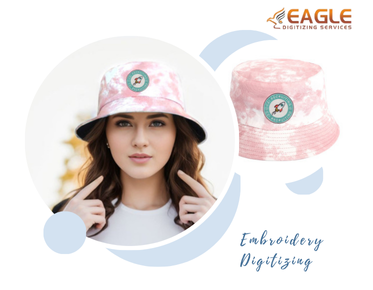How to Convert AI to SVG Without Quality Loss
In the world of digital design, converting file formats is a common task. One such conversion is from Adobe Illustrator (AI) files to Scalable Vector Graphics (SVG). This process is crucial for designers who want to maintain the quality and scalability of their designs across different platforms. The key to a successful conversion lies in understanding the intricacies of both file formats and using the right tools. For instance, vector images are essential in ensuring that the design remains crisp and clear, regardless of the size.
Adobe Illustrator is a powerful tool that allows designers to create complex vector graphics. However, when it comes to sharing these designs on the web, SVG is often the preferred format due to its compatibility and scalability. SVG files are XML-based, which means they can be easily manipulated and styled using CSS and JavaScript. This makes them ideal for responsive web design. To convert AI files to SVG without losing quality, one must ensure that all elements are properly defined and that the conversion process preserves the integrity of the original design. Utilizing vector graphics ensures that the design's quality is maintained.
Understanding AI and SVG Formats
Before diving into the conversion process, it's important to understand the differences between AI and SVG formats. AI files are proprietary to Adobe and are used for creating and editing vector graphics. They support a wide range of features, including layers, gradients, and effects. On the other hand, SVG is an open standard developed by the World Wide Web Consortium (W3C) and is widely supported by modern web browsers. SVG files are text-based, which means they can be compressed and optimized for faster loading times.
Why Convert AI to SVG?
There are several reasons why designers might want to convert AI files to SVG. Firstly, SVG files are resolution-independent, meaning they can be scaled to any size without losing quality. This makes them perfect for responsive design, where images need to adapt to different screen sizes. Secondly, SVG files are lightweight and can be easily compressed, which improves website performance. Lastly, SVG files can be styled and animated using CSS and JavaScript, allowing for more interactive and dynamic designs.
Steps to Convert AI to SVG
1. Prepare Your AI File
Before converting your AI file to SVG, it's important to prepare the file to ensure a smooth conversion process. Start by organizing your layers and removing any unnecessary elements. This will help reduce the file size and make the conversion process more efficient. Additionally, make sure that all text is converted to outlines to prevent any font issues during the conversion.
2. Use Adobe Illustrator's Export Feature
Adobe Illustrator provides a built-in feature to export AI files as SVG. To do this, go to File > Export > Export As and select SVG as the file format. In the export options, make sure to select the appropriate settings to preserve the quality of your design. For example, choose the "Preserve Illustrator Editing Capabilities" option if you plan to make further edits to the SVG file in Illustrator.
3. Optimize the SVG File
Once you have exported your AI file as an SVG, it's important to optimize the file to reduce its size and improve performance. There are several online tools available that can help with this process, such as SVGO and SVGOMG. These tools remove unnecessary metadata and simplify the SVG code, resulting in a smaller and more efficient file.
Common Challenges and Solutions
While converting AI files to SVG is generally straightforward, there are some common challenges that designers may encounter. One such challenge is the loss of effects and gradients during the conversion process. To address this, make sure to use SVG-compatible effects and gradients in your AI file. Additionally, some complex designs may not translate well to SVG, resulting in distorted or incomplete graphics. In such cases, it may be necessary to simplify the design or use alternative methods to achieve the desired result.
Conclusion
Converting AI files to SVG is a valuable skill for any designer working in the digital space. By understanding the differences between the two formats and following the steps outlined above, you can ensure a smooth conversion process that preserves the quality and integrity of your designs. Whether you're creating responsive web graphics or interactive animations, SVG is a versatile and powerful format that can help bring your designs to life. For those seeking professional assistance, Eagle Digitizing excels in delivering professional vector art services, transforming creative visions into scalable designs.


